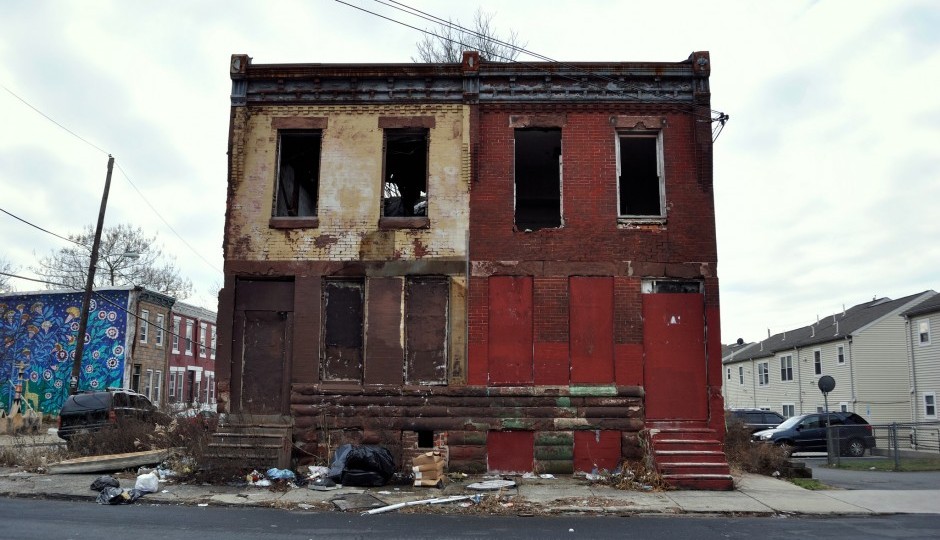Study: Fixing Blight Improves Surrounding Properties

New research shows that restoring abandoned, vacant properties undoes the damage they do to surrounding property values. | Photo by Jukie Bot via Flickr.
It turns out that there is a real estate version of the Second Law of Thermodynamics: For every disinvestment, there is an equal and opposite reinvestment.
Put another way: Blighted and vacant properties drag down the value of surrounding properties, but fixing them and returning them to use also restores that lost value.
That’s what a study conducted by Econsult Corporation on behalf of a coalition of six community associations in Baltimore found. The organizations were suing the owners of 57 vacant and deteriorated structures to force them to make repairs to bring them back up to city code.
The Econsult study sought to quantify the cost of blight to surrounding property owners and the positive effects of removing it.
Researchers Caitlin Furio and Richard Voith found that each additional blighted property reduced the value of its neighbors by anywhere from 0.4 percent where many properties are already abandoned to 3.5 percent where few properties are blighted. That’s the bad news, a finding other researchers have made. The good news, and what’s new in this study, is that restoring blighted properties undoes the damage, causing an 0.4 percent rise in the values of surrounding properties.
Armed with this data, the organizations won a judgement against the owners in court. That led to a settlement where the owners pledged to make the necessary repairs and donated to the community groups as well.
Would this work here?
While Philadelphia still has plenty of abandoned homes, the situation here is somewhat different thanks to the Neighborhood Transformation Initiative, a city program that razed hundreds of blighted properties in order to make the resulting vacant lots more attractive for redevelopment.
When asked this question, Voith replied, “I would expect it to have a similar effect, although once new construction has begun, there likely would have been at least a speculative increase in property values, and significant renovation of nearby properties would likely be in progress.”
The vacant lots, as of now, stand ready for that to happen, should that happen.


